Monarch butterflies are in trouble. The global monarch population has plummeted in the past 20 years, shrinking from 1 billion to just 55 million. This has been caused by changes in agriculture, use of pesticides, conversion of grasslands to crops, and destruction of their wintering habitat in Mexico. A recent study published in Scientific Reports declared that the Eastern monarch could be near extinction in just another 20 years. This is why is very important we create a monarch butterfly garden on every single yard. Even if it’s tiny.
We have seen this decline right where we live. We are in the middle of the monarch migration path and last year we only saw one single monarch. This year we decided that we had to do something. We already have a wildlife pond for our critters, so this year we decided to make a butterfly garden on our property that hopefully will help monarchs. You can too! Having a yard full of neatly mowed grass does nothing to help local wildlife. So why not create a beautiful flower garden that will help monarch butterflies and pollinators of all kinds including hummingbirds and native bees? (Hey, how many eyes does a bee have?)?
You can do it and you’ll be so glad you did. Now is the perfect time to create your own monarch butterfly garden and help save the monarch from extinction. In no time you might even grow your own butterflies!
But how to attract butterflies, specially the monarchs? It is just a matter of choosing the right butterfly plants.
How to Make a Butterfly Garden
When creating a habitat for any species, you are always going to need 3 elements: food, cover to raise young, and water. In the monarch butterfly world this translates to nectar plants, host plants, and a butterfly bath (also called butterfly water dish or butterfly puddle).
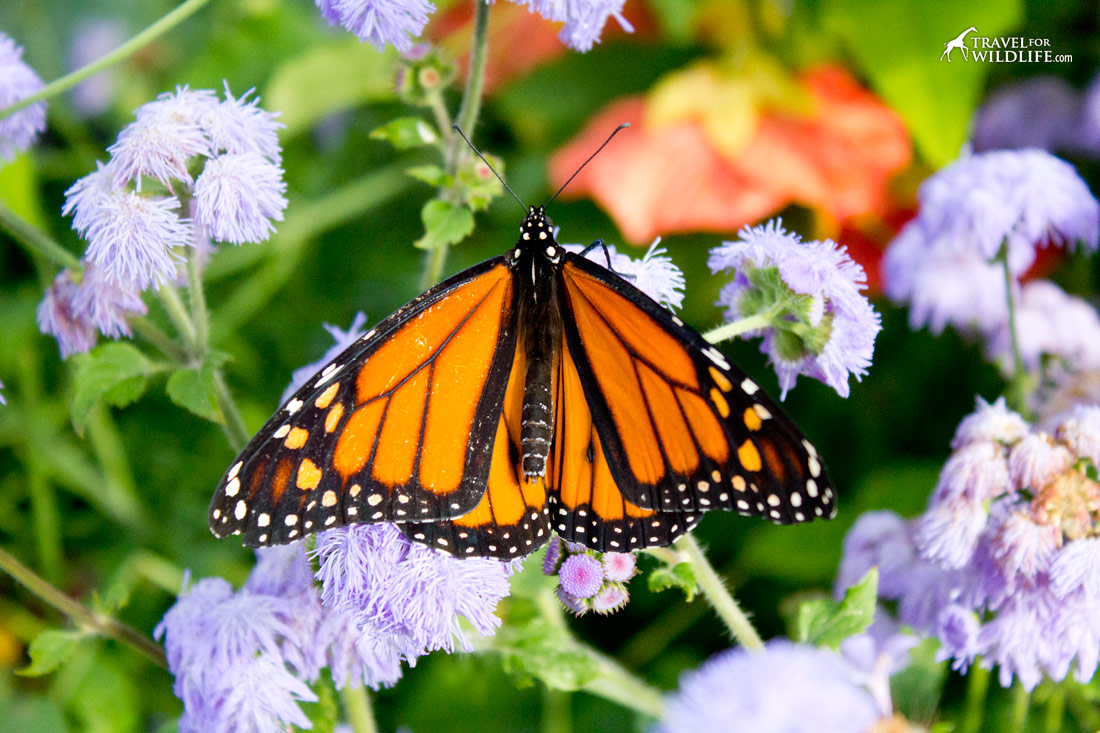
1) Nectar Plants
Monarchs need food to give them energy through their migration and breeding periods, and flower nectar is that food. Nectar plants for monarch butterflies include: Joe Pye Weed, Bee Balm, Zinnia, Wild Blue Indigo, Meadow Blazing Star, Mexican Sunflower, Purple Coneflower, Pearly Everlasting, New England Aster, Wild Bergamot, Littleleaf Pussytoes, Dutchman Pipevine, False Nettle, and of course Milkweed! A good goal is to provide plants that flower at different times of year to provide food in different seasons.
But to really help monarch butterflies you need milkweed plants. Milkweed plants have flowers that provide excellent food, but more importantly, they are the host plant of the Monarch Butterfly (see below.)
You can buy all these seeds, and plenty of milkweed seeds, at sources listed below. Some also sell grown plants.
*This article may contain affiliate links. We receive a small commission at no extra cost to you.*
2) Host Plants
Host plants provide a place for butterflies to lay their eggs, and leaves for the emerging caterpillars to eat. During summer, Monarch butterflies will only lay eggs on milkweed plants. Once hatched, the caterpillars will feed on these plants. Don’t worry, they won’t kill the plants.
Eventually, these caterpillars will make their chrysalis and will transform into adult monarchs.
How do you choose which milkweed plant species to plant in your yard? Check out the section below: What Milkweed is Native to My Area?
Never use pesticides!
When buying grown plants make sure they haven’t been treated with pesticides. Some garden centers will sell flowers that have been treated with Neonicotinoids, which are lethal for butterflies. This insecticide affects the central nervous system of insects, resulting in paralysis and death. NEVER buy plants that have been treated with it.
3) Butterfly Bath
Butterflies need to drink too. They normally find puddles along their routes but in the dry summer months it is always a good idea to make them a puddle. They are very easy to make.
Get a shallow dish or a bird bath. Put some sand (get your sand here) in the bottom and add some water (enough so the sand is wet but not submerged). Next, add some river stones (get yours here) so the butterflies have a safe landing place. Check the bath regularly so it doesn’t dry out.
What Milkweed is Native to My Area?
So you’re ready to grow some milkweed in your yard and now you’re wondering, what species of milkweed should I plant? There are over 80 species of milkweed growing in the United States and each one thrives in different habitats. Your best bet is to grow species that are native to the area you live. But how do you figure that out? Easy! Check out the BONAP range maps for native milkweed.
You’ll find that the range maps are labeled with the scientific names of various milkweed species. If you are not familiar with scientific names, they are formatted with a first name and a last name: the Genus and the species. For example, Asclepias syriaca is the scientific name for Common Milkweed (genus: Asclepias, species: syrica). All milkweed plants are in the genus Asclepias so it’s a helpful word to use when doing searches online or in seed stores. The main benefit to using scientific names is that there is only one (until scientists decide to change it!) while there may be many common names for a single species. For example, common milkweed, butterfly flower, silkweed, silky swallow-wort, and Virginia silkweed are all common names for Asclepias syriaca.
OK, you’ve got that figured out, here’s how to choose which species of milkweed to plant based on the BONAP range maps.
- Look at the BONAP range maps for native milkweed
- Look through each of the 80 or so range maps and see which ones show bright green for your county or your area of the state. That means that the species is “present and not rare”. Also note species that show yellow for your area. This means “present and rare”
- Make a list of each species name that is “present and not rare” or “present and rare” in your area. This is your starter list of milkweed species you should grow. If you want to expand your list of choices, you can include dark green areas as well which means the species is “present in the state and native”.
- Take your list and start searching the internet for milkweed seeds of those species! Also it’s a good idea to check out local nurseries and garden centers to see if they sell starter plants for any of these species. That can be a bit easier than starting from seed.
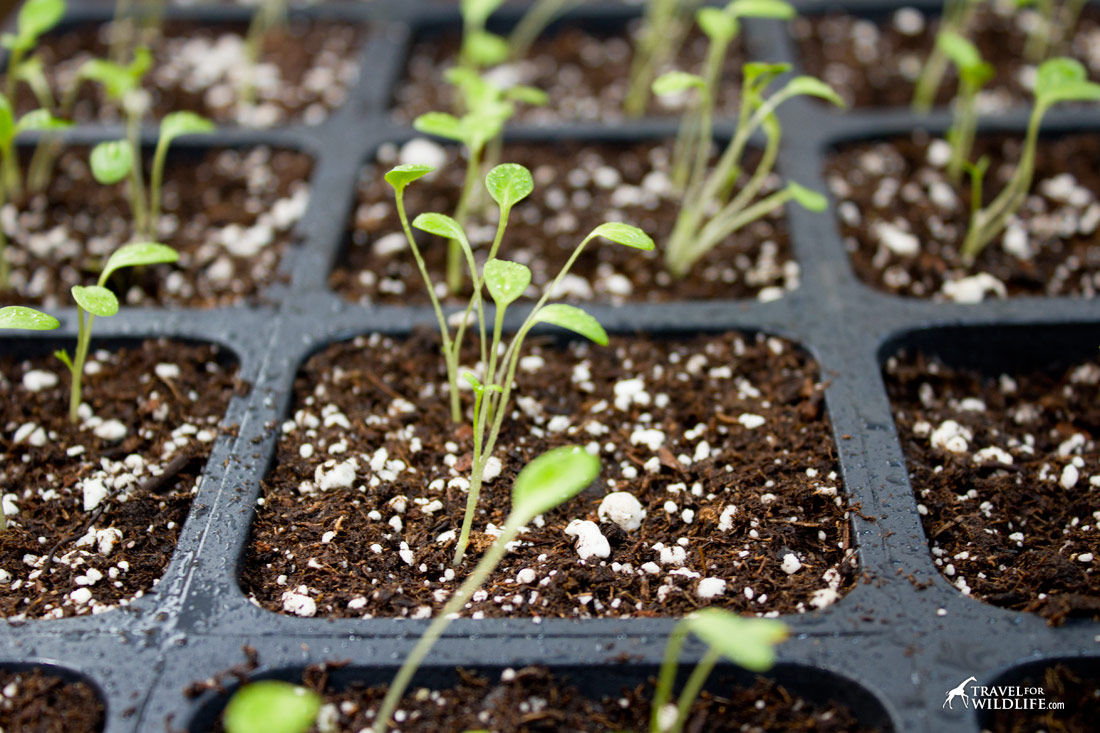
Where to Buy Milkweed?
When you make a butterfly garden, you can start your milkweed plants from seed or buy starter plants. If planting from seed, depending on the species, you might have to wait a couple of years for the plant to mature enough to seed.
Here are some places where we buy our milkweed seeds online (some of them also sell plants):
Prairie Moon (plants and seeds) – This is where we get most of our supplies and we love them!
Sow True Seed (seed only)
Joyful Butterfly (plants and seeds)
Monarch Watch Milkweed Market Place
Get Paid to Plant Milkweed
There is a new project in development, the Monarch Butterfly Habitat Exchange, where farmers, ranchers, and landowners will get paid to set aside land for monarch conservation. Check out their site and sign up to their newsletter so you know when the program is accepting applications.
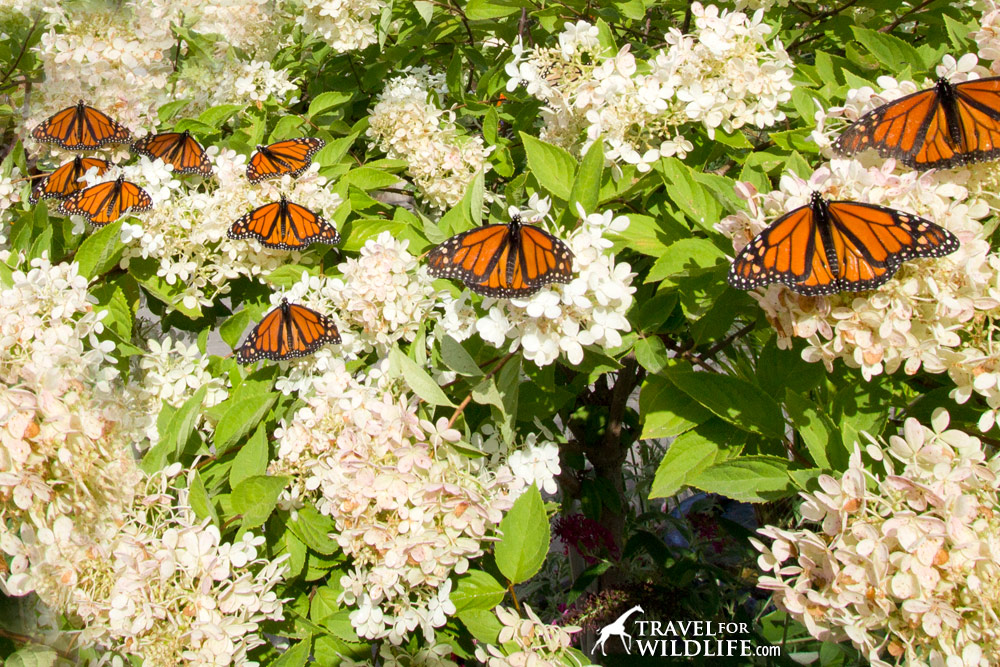
Gardening for Butterfly Books
My absolute favorite is the Gardening for Butterflies by The Xerces Society. It is a must.
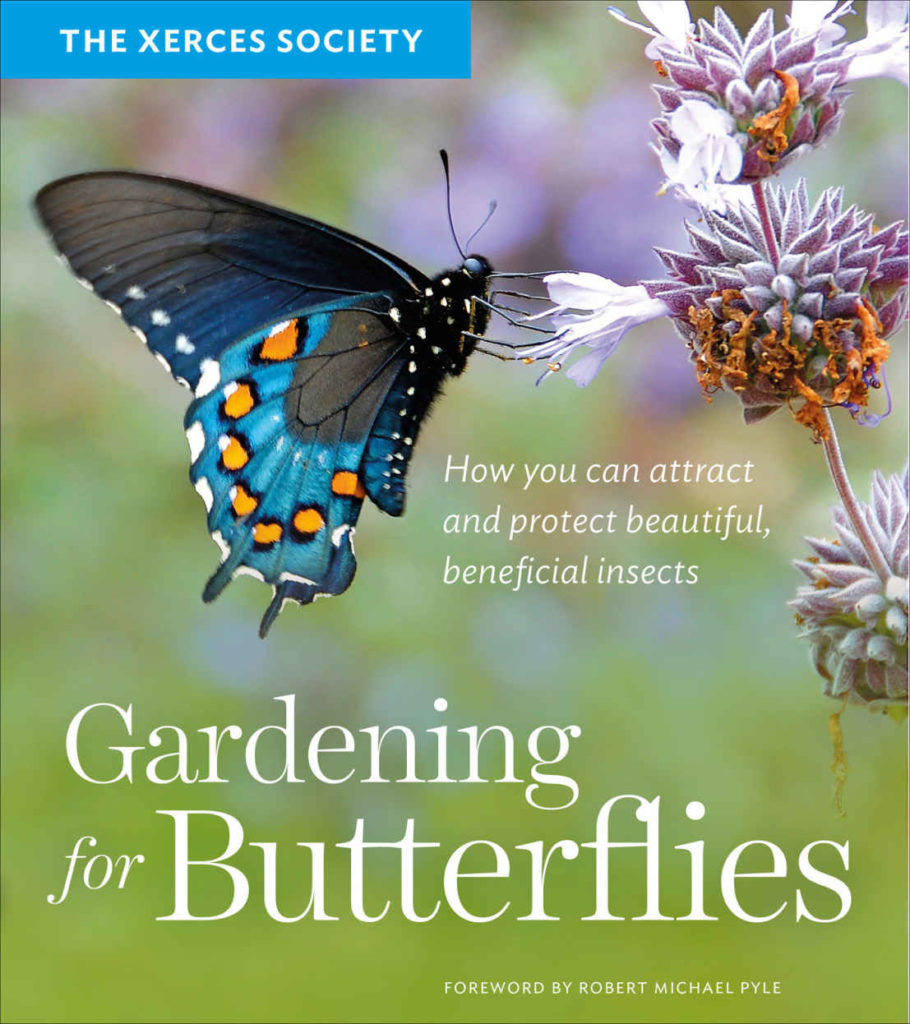
Other books that we recommend are Raising Butterflies in the Garden, and Attracting Birds, Butterflies, and other Backyard Wildlife by the National Wildlife Federation.
I don’t have a yard, but I still want to help monarch butterflies, what can I do?
You don’t need to have a big yard to create a butterfly garden and help monarchs. Even if you live in a little apartment in a big city there are other things you can do to help butterflies.
1- By placing just one milkweed plant on a balcony, your outside space can become a stepping stone for monarchs. Milkweed fields are becoming less abundant and farther in between. By providing butterflies with just one plant, you might save a few monarchs from exhaustion. Just think of your balcony as a butterfly inn.
Note: Whereas one plant is a great way to provide life-giving nectar to butterflies/moths/hummingbirds, if a monarch lays eggs on that one milkweed, extra milkweed would need to be provided. The fact is that you probably need at least 6 milkweed plants to assure 1 or 2 monarch larvae (caterpillars) have enough fresh foliage for two weeks of feeding until they pupate (form a chrysalis).
One milkweed species that grows well in pots is the tropical milkweed (Asclepias curassavica). Even though this is a non-native plant in the United States (it is native to Mexico and farther south), desperate times call for desperate measures. In most of the US, the tropical milkweed is an annual and does not survive frosts. Most native milkweed do not do well in pots as they are deep-rooted, whereas tropical milkweed thrives in pots and it regrows its foliage fairly quickly after being defoliated by hungry caterpillars.
If using tropical milkweed in subtropical areas (FL, CA, and gulf states), it’s a good idea to cut them back after Thanksgiving, even if it has luxurious foliage and full blooms. This may help prevent some issues associated with having a year-round source of milkweed (like halting migration patterns or spreading infections from continuous breeding on the same plant).
2- Visit the Monarch sanctuaries in Mexico. Monarch butterflies spend the winters in a few spots in Mexico. Without these sanctuaries, the Monarch population doesn’t have a future.
By visiting these sanctuaries in Mexico, your well-spent money can help protect Monarch overwintering habitat. You can either travel independently or join a tour. For example, Natural Habitat Adventures has a tour that visits 3 monarch sanctuaries in Mexico (El Rosario, Chincua, and Piedra Herrada Butterfly Sanctuary).
These sanctuaries are also seeing declines in monarch populations. In the winter of 1996, 18.19 hectares were occupied by monarchs overwintering in Mexico. This past winter (2015), only 4.01 ha were occupied (source Monarchwatch). We need to make sure more habitat is protected so the monarchs can go back to Mexico to overwinter safely.
3- Do NOT use pesticides. NEVER. EVER. Pesticides are one of the main cause of the monarch population crash. If you need to control pests in your yard, use natural garden pest control solutions instead.
4- Create butterfly gardens in your kid’s school. Propose this little project to the school principal or your child’s teacher. This is not only highly educational, fun, and satisfying, but these gardens are a huge help for butterfly populations.
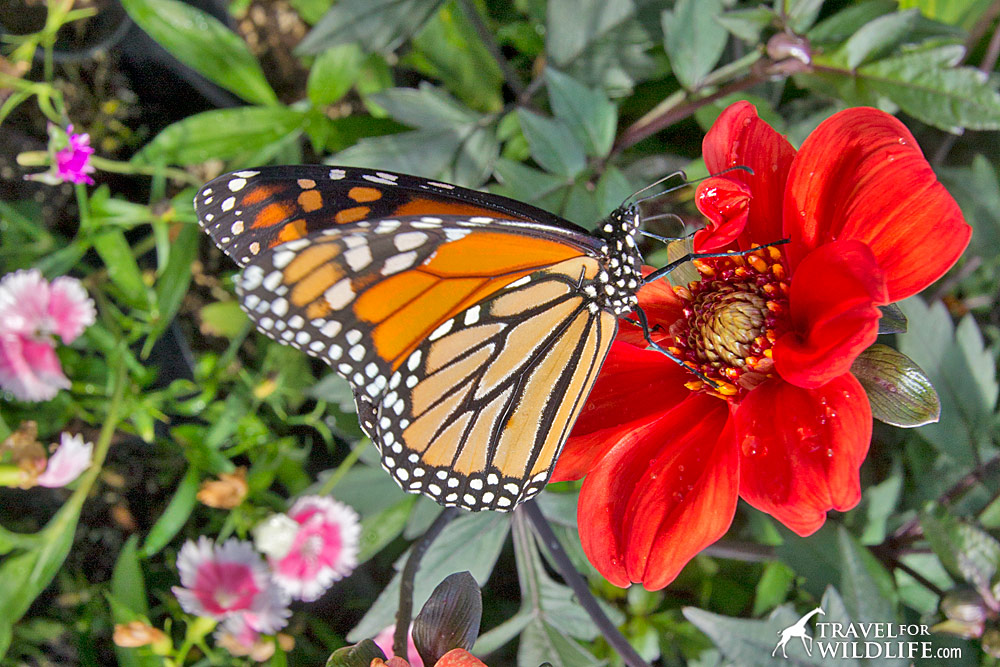
Yes, the monarch butterfly population is in deep trouble but it is not too late. Little things like taking the time to make a butterfly garden or simply placing a few milkweed plants on your balcony or patio can go a long way. There is still hope for the recovery of this remarkable species.
PIN IT!

Cristina Garcia
Zoologist and wildlife photographer. She has worked in the field with jackals, wolves, cheetahs, & leopards. She serves on the Board of Directors of SEE Turtles, a non-profit sea turtle conservation organization.
Read her posts at Travel For Wildlife and see more of her work at Truly Wild, & Our Wild Yard.

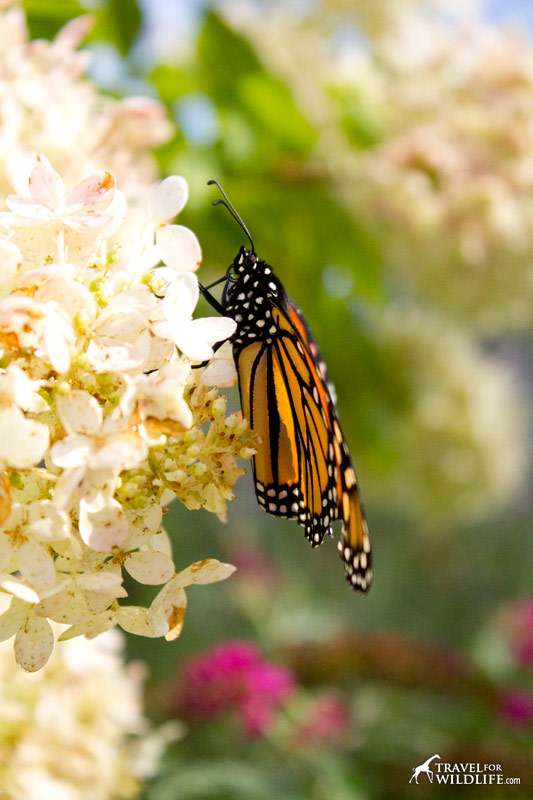
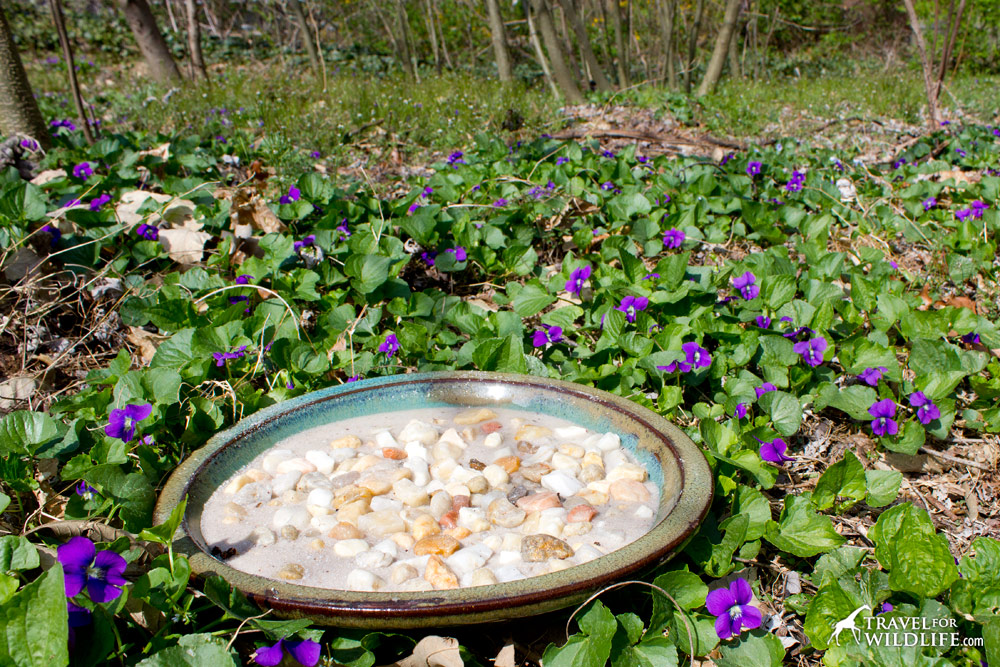
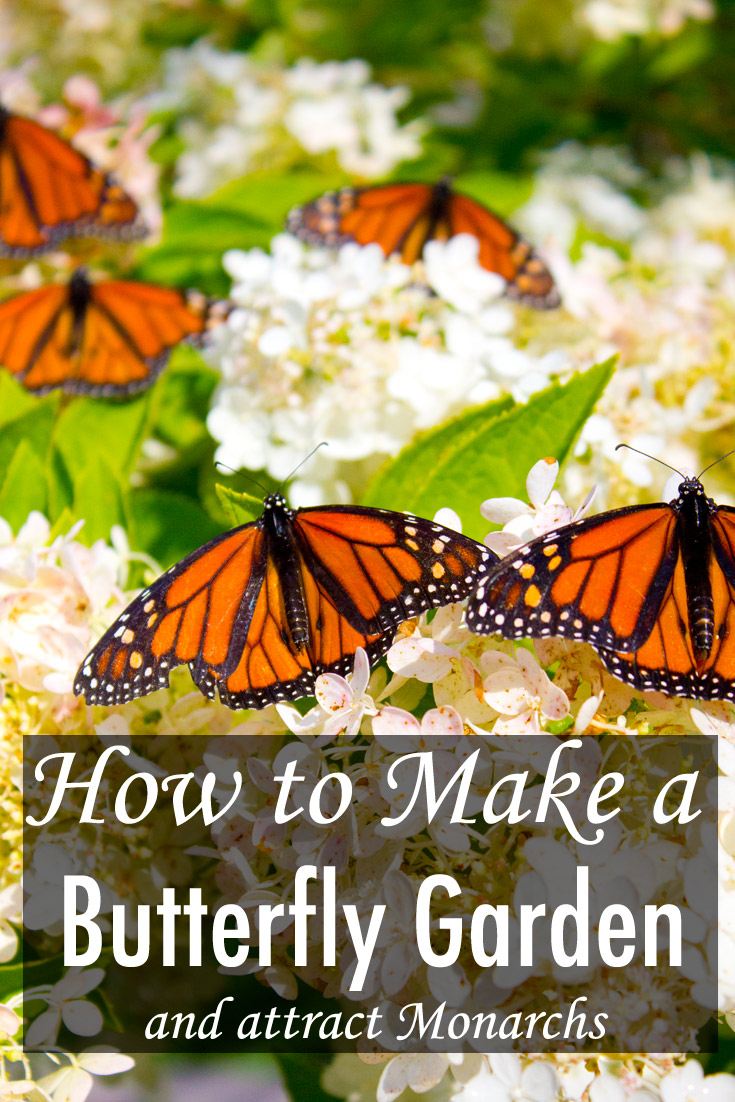
Daniel
Saturday 10th of September 2016
Excelent post!
cristina garcia
Monday 12th of September 2016
Thanks Daniel!
Kris
Thursday 21st of April 2016
Thank you for a very interesting and informative article. I have been on the Monarch bandwagon since last year and hand raised Monarch caterpillars. I wanted to make sure they weren't going to be gotten by predators. I released 71 Monarchs back into the wild. This year I have at least 75 milkweed plants in my butterfly garden with more popping up every week. I have Common milkweed and this year put in an Asclepias Tuberosa to see if they will like it. I just hope that some Monarchs find their way here this year after the devastating storm in Mexico wiping out so many.
cristina garcia
Saturday 23rd of April 2016
That's excellent Kris! Here is to a great monarch season!